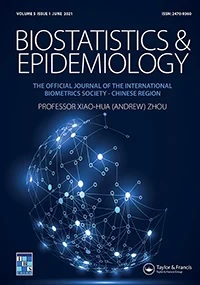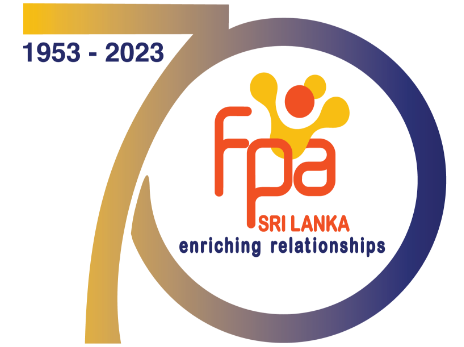Journal article publication

FPA’s M&E Unit published a journal article on “Modeling time taken to HIV testing and uptake of test results: application of extended PWP model” in the international journal of Biostatistics & Epidemiology, the official publication of the International Biometric Society. The HIV testing data of the Female Sex Workers attached to Global Fund intervention available in the Monitoring and Evaluation Information Management System (MEIMS) was purposed for this study. The article can be viewed via:
https://www.tandfonline.com/doi/full/10.1080/24709360.2021.2017637?src=
Abstract
Improving HIV testing among the most at risk populations (MARP) is one of the first steps to achieve the Sustainable Development Goal target of ending AIDS by 2030. Factors affecting time taken to HIV testing and subsequent clinic visits to uptake the test result are important inputs for development of HIV prevention programmes. This study aims to develop multivariate statistical models to describe HIV testing behavior of MARP. HIV testing data of 5667 Female Sex Workers registered with the National HIV Prevention Programme in 10 districts of Sri Lanka during 2016 and 2017 were modelled using univariate and multivariate survival analysis techniques. Results showed that the Prentice, Williams & Peterson gap time model (PWPGTM), and all univariate Cox Proportional Hazard Models together generated consistent results. However, higher number of effects of the factors and interaction effects were detected in the PWPGTM compared to other models. Further, PWPGTM generated more precise estimates with lower standard errors. In all the models, most of the factors were identified as time dependent covariates. Study concludes that the extended PWPGTM is the more appropriate technique to model time taken to HIV testing and subsequent clinic visit to uptake of test results among MARP.
.png)


